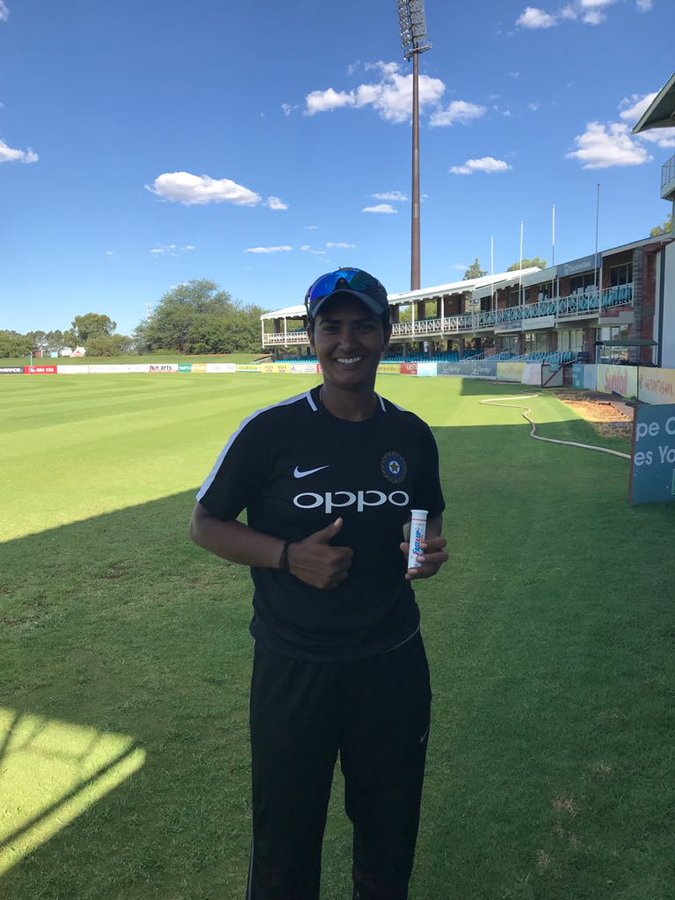Begin typing your search above and press return to search.
Cricket
Shikha Pandey's journey from an Air Traffic Officer to the 6th best bowler in the world
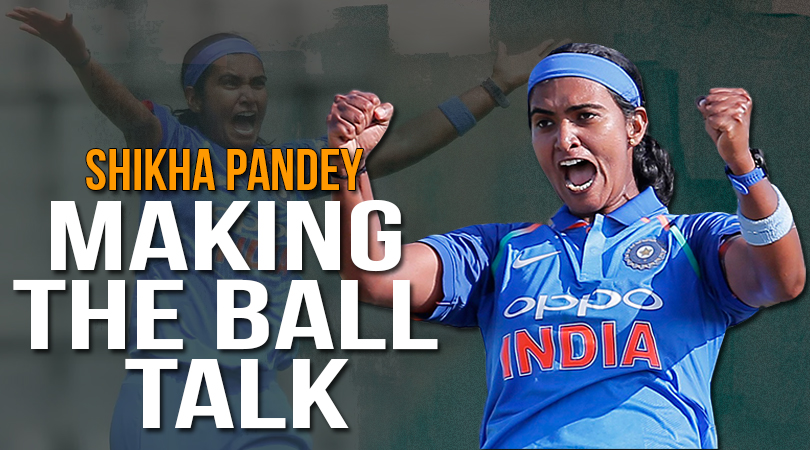
July 23, 2017 will forever be remembered as a date that revolutionised women’s cricket in India. As the Women in Blue took the field at the hallowed Lord’s in the World Cup final against the English Eves, hoping to replicate the historical image of Kapil Dev and his men holding the trophy aloft at the balcony, eleven and a million more hearts beat in unison. It had come down to the wire. Chasing just 229 runs for a win, Mithali Raj’s team were well on course as they were comfortably perched at 191 for 3 in 42 overs. Needing less than 40 runs with seven wickets and 7.1 overs in hand, it needed a calm head in the tense moments to guide the side through, as the nation waited with bated breath. However, some brilliant swing bowling from Anya Shrubsole combined with an inexperienced Indian middle order that was giving in to hara-kiri, saw 5 wickets fall for just 27 runs. With only 10 runs needed in 12 with 2 wickets in hand, the match was poised for an exciting finish, with the Indian fanatics muttering prayers and sitting tight in their seats - a superstitious ritual that till then had been carried out only for the Men in Blue. Though the side eventually fell nine runs short, sending the new-found supporters into disbelief, the numbness soon turned into pride as the loss paved the way for a drastic leap. Women’s cricket had finally got its own identity. 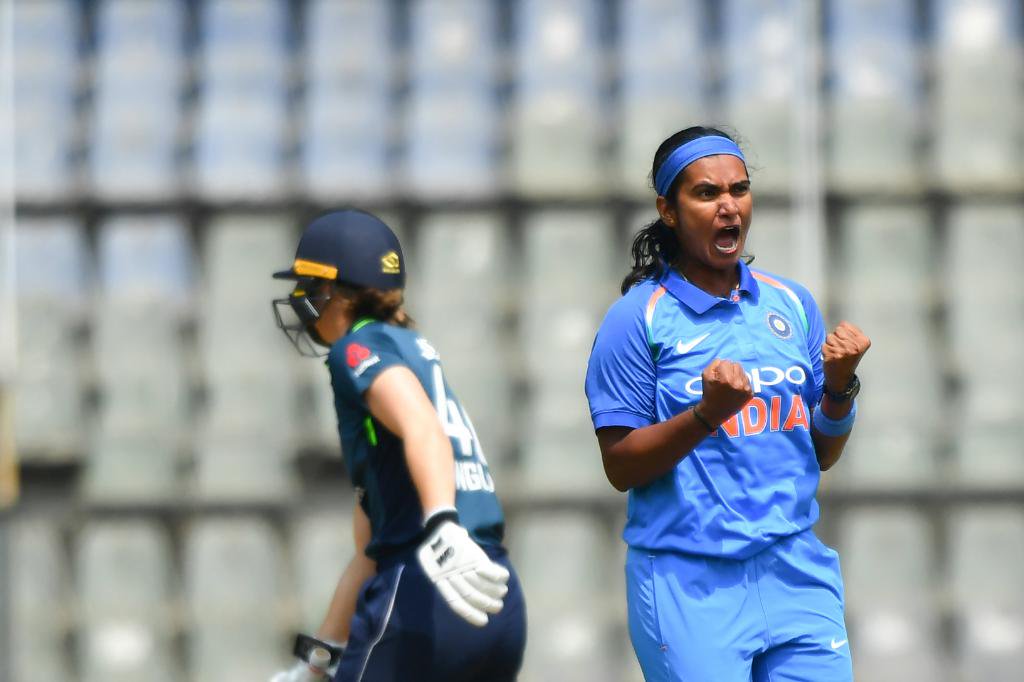
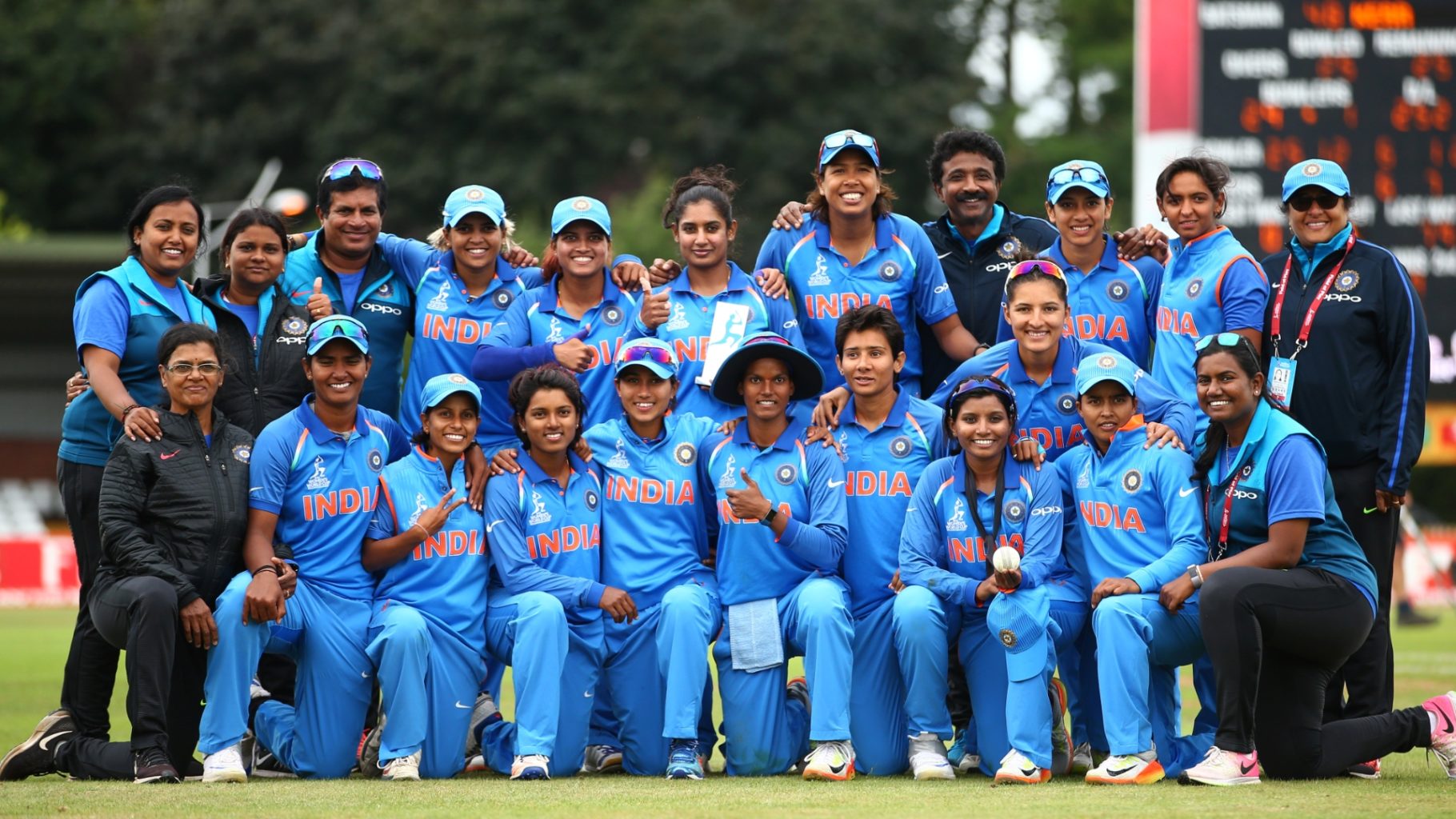
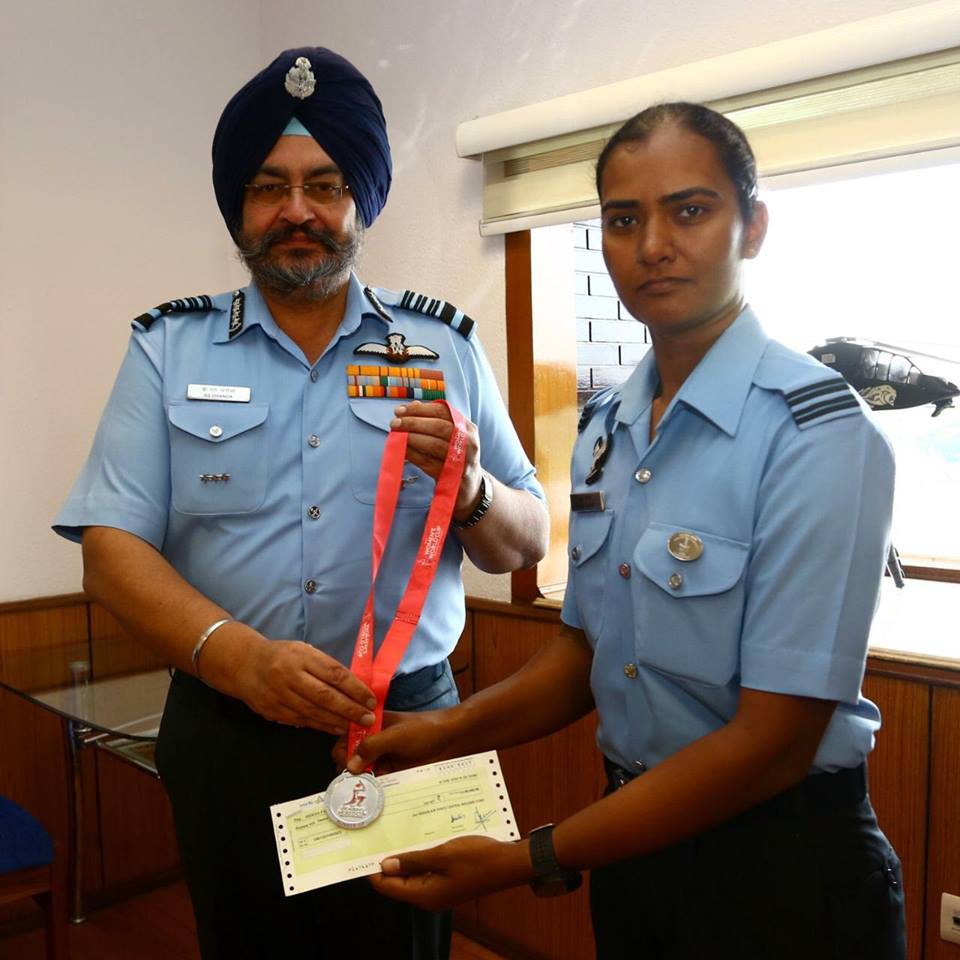

Learnings from the World Cup 2017
Recalling the manic finish in an exclusive chat with The Bridge, all-rounder Shikha Pandey, who had been run out for 4 in that game in the 48th over, talks about her experience while also elaborating on the implications of their finals finish two years ago.“The World Cup in 2017 was a great learning curve for me and I grew a lot professionally and personally. For me two things stood out- we had each other’s back the whole tournament and everyone performed when they got an opportunity. It was a total team effort.”
Growing popularity of cricket among women
“A lot has changed since then. A huge number of girls are joining academies to learn cricket and we see a huge number turning up for selections as well. With all the investments being made by BCCI in women’s game, the scenario can only get better.” “Now a 5-year old kid can dream of playing for India as a professional woman cricketer. With the contracts coming in, playing cricket is being seen as a job opportunity by families who wouldn’t support their kids otherwise.”
Slowly improving wage distribution
In March earlier this year, the BCCI had, only for the third time, announced a central contract system for the women cricketers. 20 players were included under three categories (only 11 players had been contracted in 2015-16 when the central contract for women was first introduced in India), and though comparisons with the men players’ earnings are but natural (the Grade A women players get Rs. 50 Lakh per annum, which is even less than what the Grade C men players get), Pandey feels that steps are being taken in the right direction.Pandey, who has picked up 89 international wickets across formats along with 676 runs, however, is a role model in her own right. Not only has she donned the national colours whilst playing cricket, but she has also passed technical exams and battled through rigorous training to get into the Air Force. She is also an engineer. Though she admits that being a pilot had always been her dream, she found her calling in cricket when she was 18 years of age.“The steady income will ensure more girls step foot in the field. Overtime what we will see is that women’s cricket, rather women’s sport, will reach unprecedented heights with women being seen as role models.”

The calling for the game
“My father is an avid cricket fan and I played a lot of gully cricket with the boys in my childhood. But I started training under a coach only in my second year of engineering when I was 18. I had done well in my first year of playing domestic cricket, and only then did I believe that I could play for India.” The Goa player had to, however, slog it out for another seven years before she could finally make her T20I debut for India against Bangladesh Women in March 2014. But once on the big stage, she left her mark immediately as she gave away only 14 runs in 4 overs in the first game. In her second match, she bettered her performance and conceded only 7 runs in 4 overs, as she impressed with the new ball in hand. Her in-swingers consistently troubled the rivals, she threatened the stumps without erring in her lines and consistently made the new ball talk. Pandey was the second-highest wicket-taker for India from 2014 till the 2017 World Cup, and just when her career was taking off, a blip in form followed.A thunderous comeback
Bruised after being hammered during the Australian series early last year, Pandey’s confidence and her on-field showings after that suffered. Seven wickets in 10 T20I games and 10 in eight ODIs in 2018 - the year of the World T20 - meant that she was overlooked for the quadrennial event. This was the first time that she was being ignored for the T20Is since she had made her debut. The 30-year-old reflects on what went wrong for her, and how she made a thunderous comeback in the series against New Zealand and England early this year. “I wasn’t enjoying playing cricket. So the biggest challenge was to get the love for the game back. Also, I had to figure out a way to work on what I could control and not worry too much about the uncontrollable.”Her ODI figures after her return read 1/38, 1/19, 0/24, 2/21, 4/18 and 2/34, with the first three games being played in New Zealand, and the last three on the dust bowls of Mumbai against England. Her return in T20Is has been inspiring as well, as she found ways to swing the ball even in the fag end of the innings in her second spell. Pandey turns philosophical as she talks about how, as a professional player, the ebbs and flows will continue, but staying grounded even during success, is crucial. “We, as athletes, have seen the lows and highs in a sport. And for me, it is no different. I guess everyone at a personal level does know how to manage success and fame. My parents taught me to stay grounded and be filled with gratitude always.” Shikha, who has been associated with Fast&Up, one of India's best sports nutrition company believes the products she has been using have brought a difference in her tenacity.“I got back to working on the process, and not worrying about the results. With a little work on the mental aspect, things fell in place. The new Team India coach (WV) Raman Sir, was a huge help in suggesting minor corrections. My coach, Devika ma’am has been instrumental too in helping me in my comeback.”
"Nutrition plays an important aspect in your daily training and fitness milestones. Using Fast&Up products has given me an edge to perform and I believe my fitness bar has significantly raised. I will always be glad for bringing such products that take care of our daily nutrition consumption. The products are top notch and they have brought a revolution in India’s sports nutrition ecosystem."
Looking at the future
As the conversation steers towards the future of women’s cricket in India, Pandey is confident that the Women’s IPL will immensely help in improving the standard of cricket in the country.Maybe, she was circling back to the final two years ago. Maybe the lack of experience and the inability of the team to hold its nerves just as the blurry image of an Indian team with the trophy was getting sketched in fine ink haunts her and her team to date. Maybe they hope that the demons of the past can be erased as a group of mentally strong and calm players can take the team to the finals once again, only to end with a different result this time. As Pandey looks ahead to the World T20 next year, and the 50-over World Cup in 2021, there is only one wish that stands tall.“The WIPL can greatly help women’s cricket as domestic players will get to rub shoulders with international stars and will get media attention. That, in turn, will allow them to remain calm in pressure situations.”
Next Story

